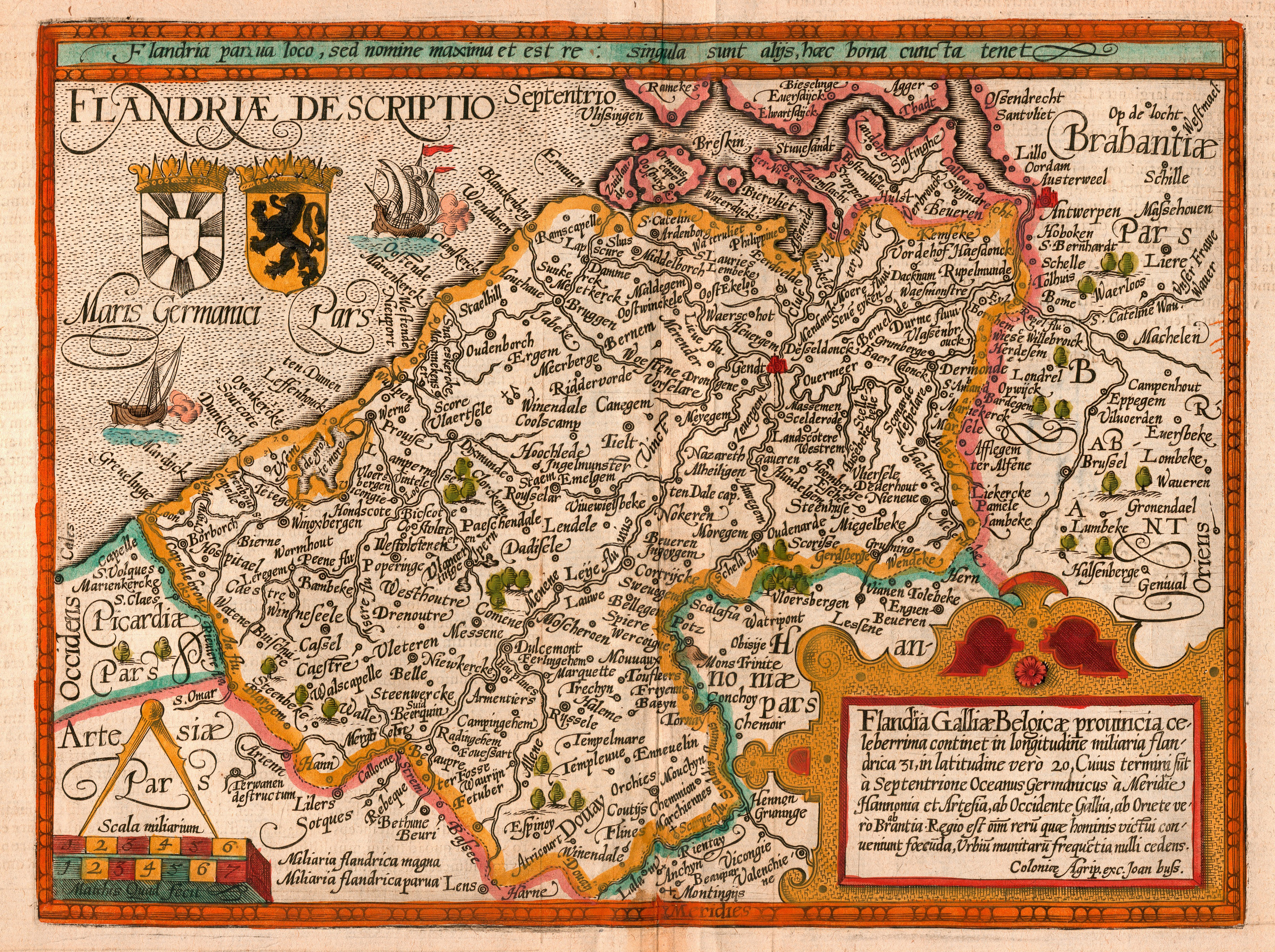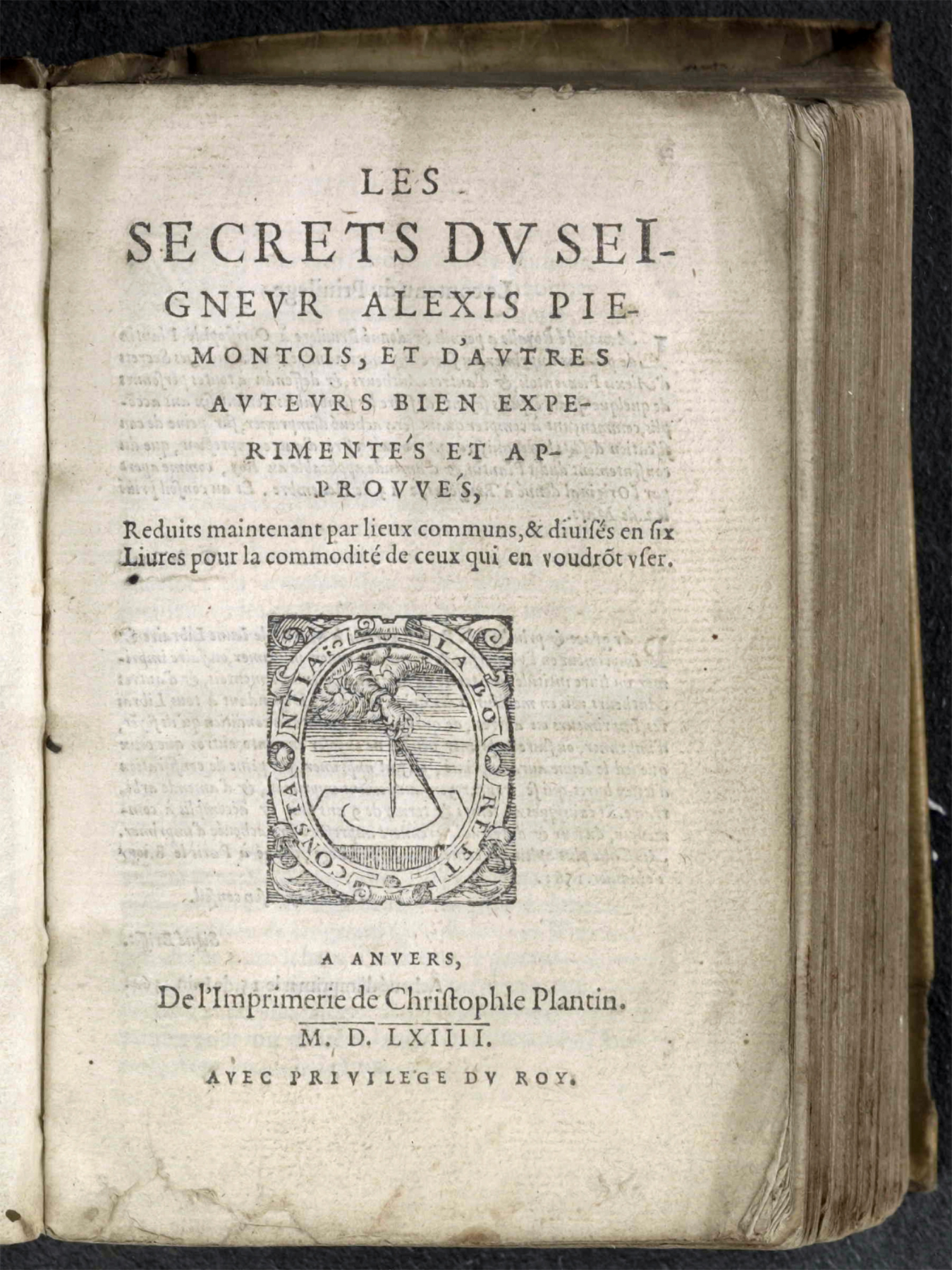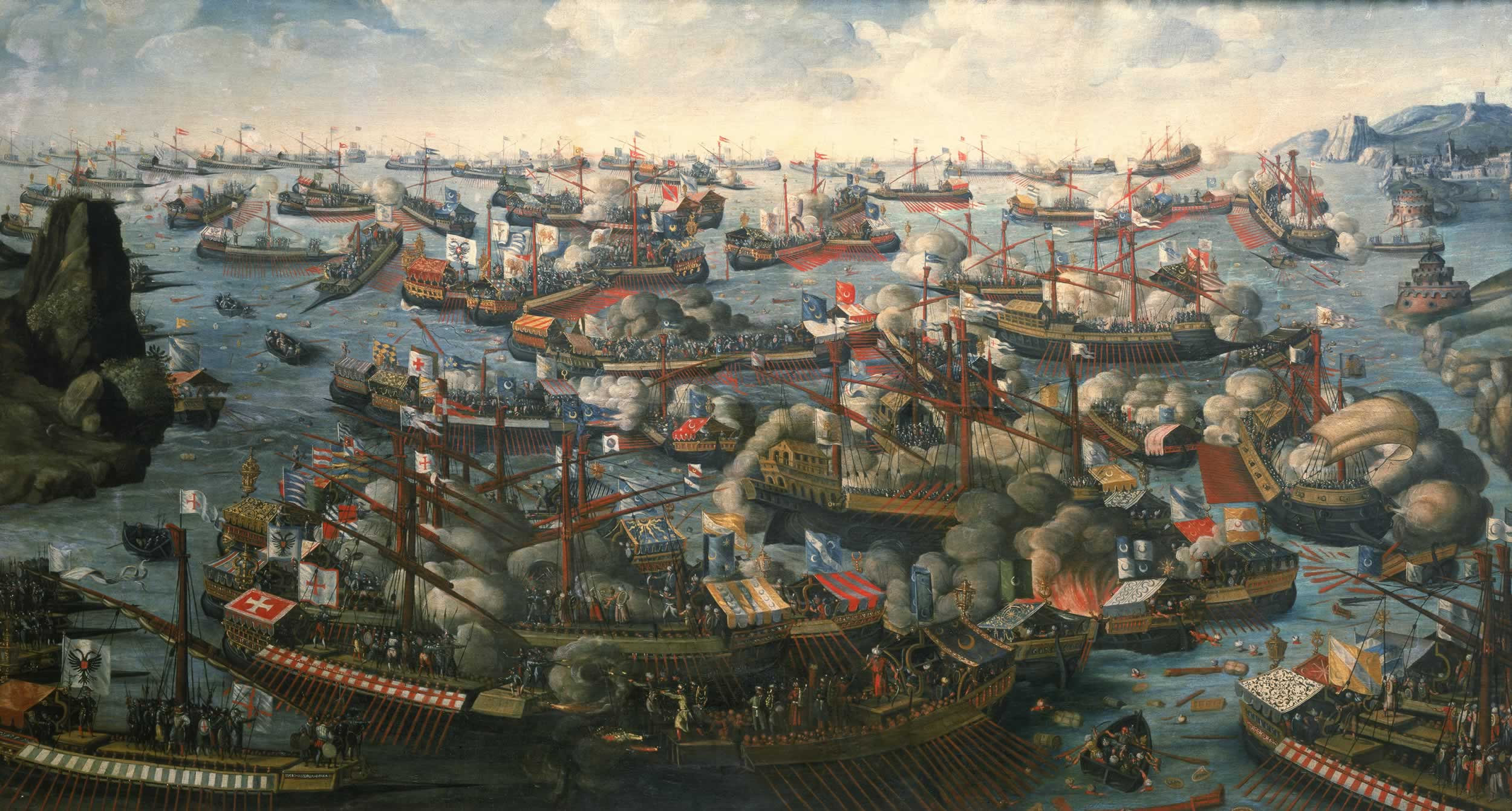|
Theodoor Galle
Dirck or Theodoor Galle (16 July 1571 – 18 December 1633) was a Flemish Baroque engraver. Biography He learned the art of engraving from his father Philip Galle. He married Catharina Moerentorff (Moretus), daughter of the prominent printer Jan Moretus and Maertine Plantijn. Maertine was the daughter of the founder of the Plantin Moretus printing house in Antwerp Christophe Plantin. Galle was one of the engravers linked to the Plantin Moretus press. He became a member of the Guild of St. Luke in 1595, and became deacon in 1609. He was the teacher of his son Jan Galle, and the engravers Adriaen Millaert, and Gilles van Schoor. Joannes Galle later became a member of the Guild of St. Luke in 1627, and became deacon in 1638. in the RKD
[...More Info...] [...Related Items...] OR: [Wikipedia] [Google] [Baidu] |
Stradanus
Johannes Stradanus (Dutch ''Jan van der Straet'' or Italian ''Giovanni Stradano'';More name variations: Johannes Stradanus, Giovanni della Strada, Johannes della Strada, Giovanni Stradano, Johannes Stradano, Giovanni Stradanus, Johannes Stradanus, Jan van Straeten, Jan van Straten Jan van der Straet at the De liggeren en andere historische archieven der Antwerpsche sint Lucasgilde van 1453–1615 edited and ... [...More Info...] [...Related Items...] OR: [Wikipedia] [Google] [Baidu] |
Antwerp
Antwerp (; ; ) is a City status in Belgium, city and a Municipalities of Belgium, municipality in the Flemish Region of Belgium. It is the capital and largest city of Antwerp Province, and the third-largest city in Belgium by area at , after Tournai and Couvin. With a population of 565,039, it is the List of most populous municipalities in Belgium, most populous municipality in Belgium, and with a metropolitan population of over 1.2 million people, the country's Metropolitan areas in Belgium, second-largest metropolitan area after Brussels. Definitions of metropolitan areas in Belgium. Flowing through Antwerp is the river Scheldt. Antwerp is linked to the North Sea by the river's Western Scheldt, Westerschelde estuary. It is about north of Brussels, and about south of the Netherlands, Dutch border. The Port of Antwerp is one of the biggest in the world, ranking second in Europe after Rotterdam and List of world's busiest container ports, within the top 20 globally. The city ... [...More Info...] [...Related Items...] OR: [Wikipedia] [Google] [Baidu] |
Flemish People
Flemish people or Flemings ( ) are a Germanic peoples, Germanic ethnic group native to Flanders, Belgium, who speak Flemish Dutch. Flemish people make up the majority of Belgians, at about 60%. ''Flemish'' was historically a geographical term, as all inhabitants of the medieval County of Flanders in modern-day Belgium, France and the Netherlands were referred to as "Flemings" irrespective of their ethnicity or language. The contemporary region of Flanders comprises a part of this historical county, as well as parts of the medieval Duchy of Brabant and the medieval County of Loon, where the modern national identity and Flemish culture, culture gradually formed. History The sense of "Flemish" identity increased significantly after the Belgian Revolution. Prior to this, the term "" in the Dutch language was in first place used for the inhabitants of the former County of Flanders. Flemish, however, had been used since the 14th century to refer to the language and dialects of both ... [...More Info...] [...Related Items...] OR: [Wikipedia] [Google] [Baidu] |
Baroque
The Baroque ( , , ) is a Western Style (visual arts), style of Baroque architecture, architecture, Baroque music, music, Baroque dance, dance, Baroque painting, painting, Baroque sculpture, sculpture, poetry, and other arts that flourished from the early 17th century until the 1750s. It followed Renaissance art and Mannerism and preceded the Rococo (in the past often referred to as "late Baroque") and Neoclassicism, Neoclassical styles. It was encouraged by the Catholic Church as a means to counter the simplicity and austerity of Protestant architecture, art, and music, though Lutheran art#Baroque period, Lutheran Baroque art developed in parts of Europe as well. The Baroque style used contrast, movement, exuberant detail, deep color, grandeur, and surprise to achieve a sense of awe. The style began at the start of the 17th century in Rome, then spread rapidly to the rest of Italy, France, Spain, and Portugal, then to Austria, southern Germany, Poland and Russia. By the 1730s, i ... [...More Info...] [...Related Items...] OR: [Wikipedia] [Google] [Baidu] |
Jan Galle .
*Twelve plates of ''Old Testament History''.
*''Christ surrounded by the Instruments of His Passion''.
*''The fat Cook and the thin Cook''; after P. Brueghel the elder.
*''Lubricitas Vitae Humanae''; after the same. 1553.
*''Judith giving the Head of Holofernes to a Slave''; after H. Goltzius.
Jan Galle (1600 – 1676) was a Flemish engraver, a son and pupil of Theodoor Galle. He was born at Antwerp, and died there in 1676. Among his plates are: *''The Wise and Foolish Virgins''; after Marten de Vos Maerten de Vos, Maerten de Vos the Elder or Marten de Vos (1532 – 4 December 1603)Maerten de Vos at the
|
Engraving
Engraving is the practice of incising a design on a hard, usually flat surface by cutting grooves into it with a Burin (engraving), burin. The result may be a decorated object in itself, as when silver, gold, steel, or Glass engraving, glass are engraved, or may provide an Intaglio (printmaking), intaglio printing plate, of copper or another metal, for printing images on paper as prints or illustrations; these images are also called "engravings". Engraving is one of the oldest and most important techniques in printmaking. Wood engravings, a form of relief printing and stone engravings, such as petroglyphs, are not covered in this article. Engraving was a historically important method of producing images on paper in artistic printmaking, in mapmaking, and also for commercial reproductions and illustrations for books and magazines. It has long been replaced by various photographic processes in its commercial applications and, partly because of the difficulty of learning the techni ... [...More Info...] [...Related Items...] OR: [Wikipedia] [Google] [Baidu] |
Philip Galle
Philip (or Philips) Galle (1537 – March 1612) was a Dutch publisher, best known for publishing old master prints, which he also produced as designer and engraver. He is especially known for his reproductive engravings of paintings. Life Galle was born in Haarlem in the Netherlands, where he was a pupil of the humanist and engraver Dirck Volckertszoon Coornhert, Dirck Volkertsz. Coornhert. According to the RKD, he married Catharina van Rollant on 9 June 1569. They had five children who later became active as artists: Theodoor Galle, Theodoor, Cornelis Galle the Elder, Cornelis, Philips Galle II, Philips II, Justa (who married the engraver Adriaen Collaert) and Catharina (who married the engraver Karel de Mallery).Philips Galle in the RKD In Haarlem he engraved several works of the Haarlem painter Maarten van Heemskerck. Even while he worked fr ... [...More Info...] [...Related Items...] OR: [Wikipedia] [Google] [Baidu] |
Jan Moretus
Jan Moretus, also John Moerentorf or Joannes Moretus (2 May 1543 – 22 September 1610), was a Flemish printer who was an apprentice for Christophe Plantin, married his daughter, and later inherited the printing business on his father-in-law's death. Biography Moretus was born in Antwerp, the son of satin-weaver Jacob Mourentorf and Adriana Gras, daughter of Pieter Gras, a silk-weaver from Milan. He began working for publisher Christophe Plantin in 1557, when he was 14 years of age. He worked in Venice, starting around 1562 to 1563, and then returned to Plantin's business in Antwerp by 1565. In 1570, he married Martina Plantin, the second daughter of the publisher. Christophe wrote a letter on 5 November 1570 to Gabriel de Çayas (secretary to Philip II of Spain) about his new son-in-law: After Christophe Plantin's death, Jan Moretus became the owner of the Plantin Press printing company. Under his management, the company focused on 12mo format for text books, doing a ... [...More Info...] [...Related Items...] OR: [Wikipedia] [Google] [Baidu] |
Christophe Plantin
Christophe Plantin (; – 1 July 1589) was a French Renaissance humanist and book Printer (publisher), printer and publisher who resided and worked in Antwerp. He established in Antwerp one of the most prominent publishing houses of his time, the Plantin Press. It played a significant role in making Antwerp a leading centre of book publishing in Europe. The publishing house was continued by his successors until 1867. Life Plantin was born in France, probably in Saint-Avertin, near the city of Tours, Touraine. He was not born to a wealthy family, and his mother died when Plantin was still quite young. As a youth he apprenticed as a bookbinder in Caen, Normandy, and also married there. In 1545, he and his wife, Joanna Rivière, set up shop in Paris, but after three years, they chose to relocate to the booming commercial centre of Antwerp, where Plantin became a free citizen and a member of the Guild of St Luke, the guild responsible for painters, sculptors, engravers and printer ... [...More Info...] [...Related Items...] OR: [Wikipedia] [Google] [Baidu] |
Guild Of St
A guild ( ) is an association of artisans and merchants who oversee the practice of their craft/trade in a particular territory. The earliest types of guild formed as organizations of tradespeople belonging to a professional association. They sometimes depended on grants of letters patent from a monarch or other ruler to enforce the flow of trade to their self-employed members, and to retain ownership of tools and the supply of materials, but most were regulated by the local government. Guild members found guilty of cheating the public would be fined or banned from the guild. A lasting legacy of traditional guilds are the guildhalls constructed and used as guild meeting-places. Typically the key "privilege" was that only guild members were allowed to sell their goods or practice their skill within the city. There might be controls on minimum or maximum prices, hours of trading, numbers of apprentices, and many other things. Critics argued that these rules reduced free competition ... [...More Info...] [...Related Items...] OR: [Wikipedia] [Google] [Baidu] |
1571 Births
Year 1571 ( MDLXXI) was a common year starting on Monday of the Julian calendar. Events January–March * January 11 – The Austrian nobility are granted freedom of religion. * January 23 – The Royal Exchange opens in London, England. * February 4 – The Spanish Jesuit missionaries of the Ajacán Mission, established on the Virginia Peninsula of North America in 1570, are massacred by local Native Americans. * March 18 – The Order of the Knights of Saint John transfers the capital of Malta, from Birgu to Valletta. April–June * April 2 **The 3rd Parliament of Elizabeth I, with 438 members, assembles in England at Westminster after being summoned on February 17. **Dumbarton Castle is recaptured from Lord Fleming by the forces of Matthew Stewart, 4th Earl of Lennox, the Regent for King James VI of Scotland. * April 12 – The Ridolfi plot to assassinate Queen Elizabeth I of England is foiled by the capture of Ridolfi's messenger, Cha ... [...More Info...] [...Related Items...] OR: [Wikipedia] [Google] [Baidu] |
1633 Deaths
Events January–March * January 20 – Galileo Galilei, having been summoned to Rome on orders of Pope Urban VIII, leaves for Florence for his journey. His carriage is halted at Ponte a Centino at the border of Tuscany, where he is quarantined for 22 days because of an outbreak of the plague. * February 6 – the formal coronation of Władysław IV Vasa as King of Poland takes place at the cathedral in Kraków. He had been elected as king on November 8. * February 9 – the Duchy of Hesse-Cassel captures Dorsten from the Electorate of Cologne without resistance. * February 13 ** Galileo Galilei arrives in Rome for his trial before the Inquisition. ** Fire engines are used for the first time in England in order to control and extinguish a fire that breaks out at London Bridge, but not before 43 houses are destroyed. "Fires, Great", in ''The Insurance Cyclopeadia: Being an Historical Treasury of Events and Circumstances Connected with the Origin and P ... [...More Info...] [...Related Items...] OR: [Wikipedia] [Google] [Baidu] |









